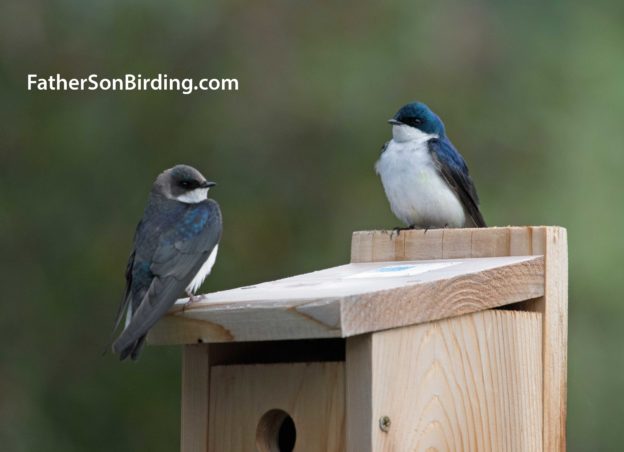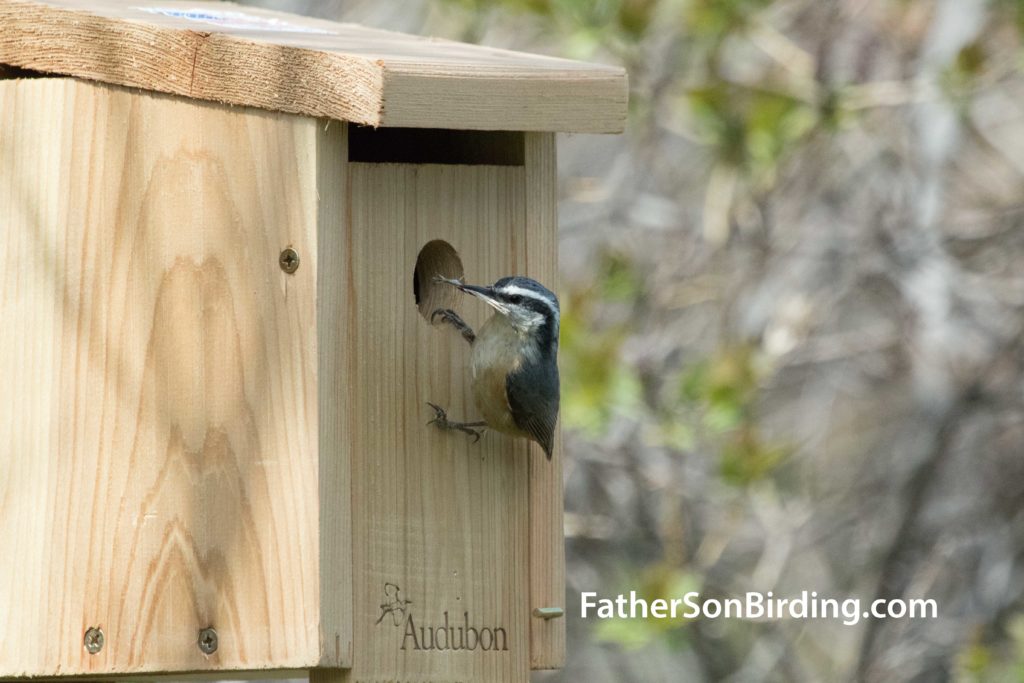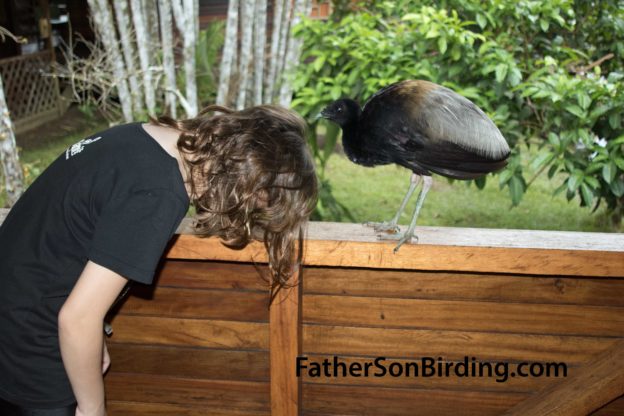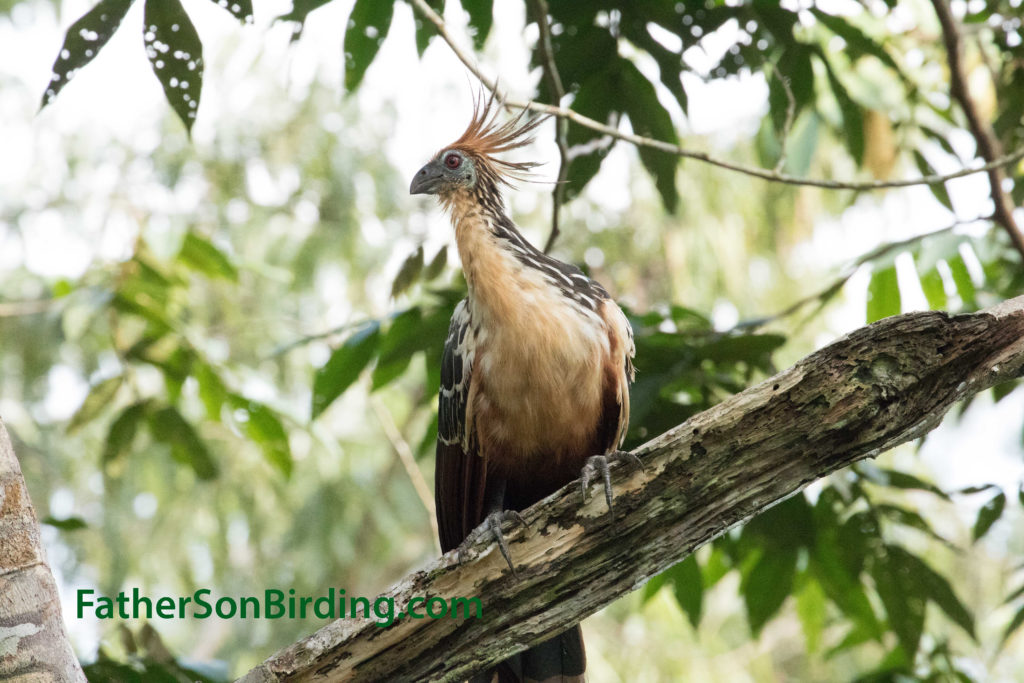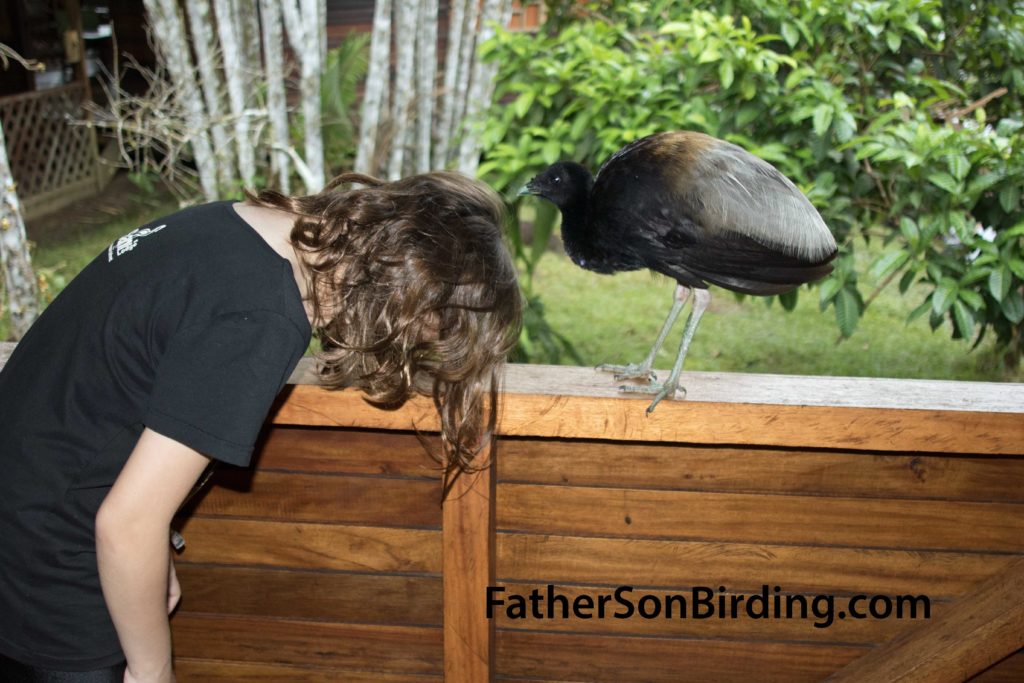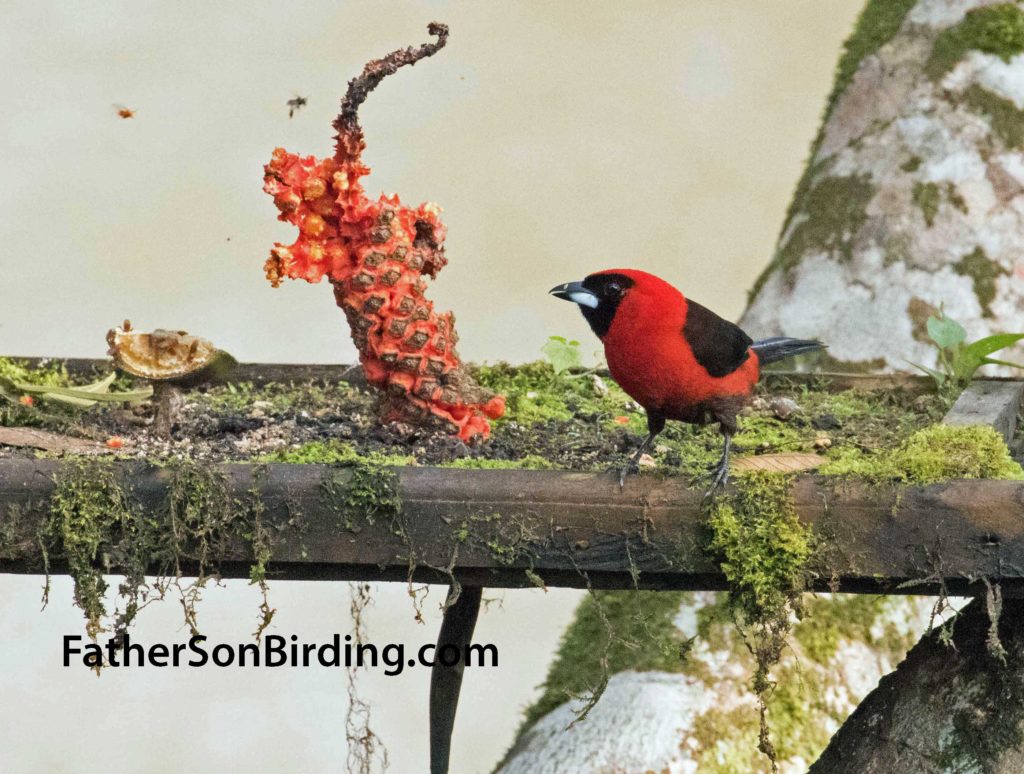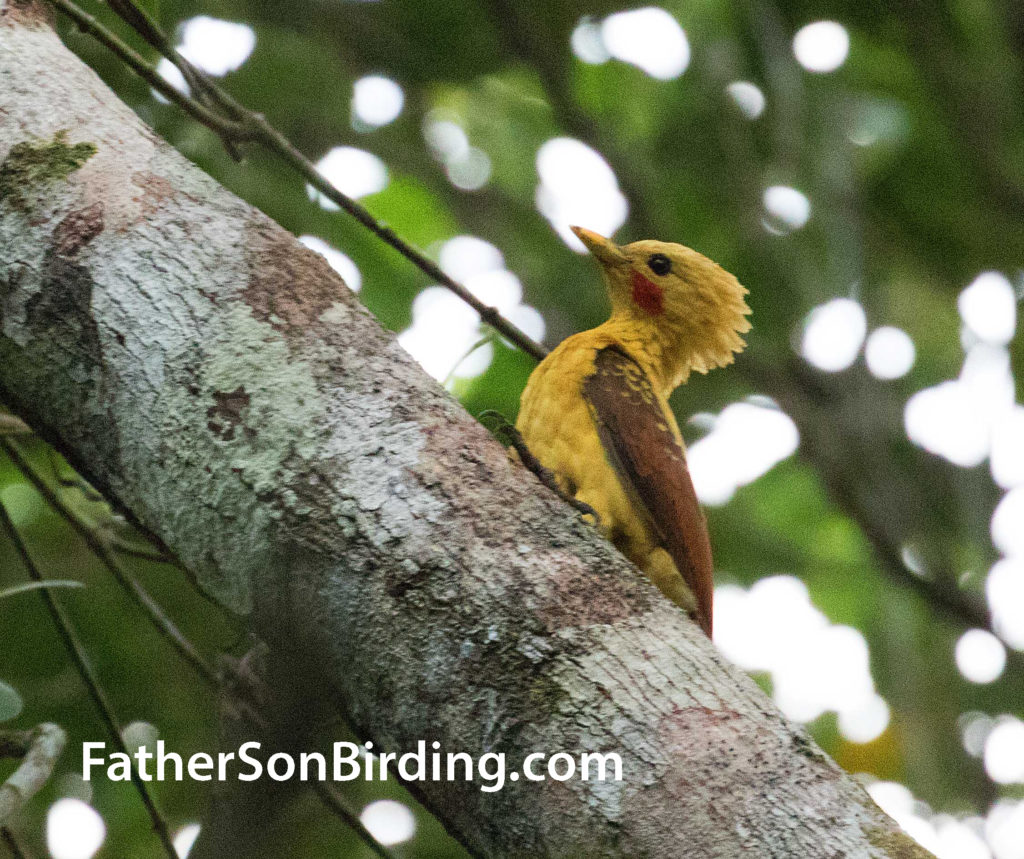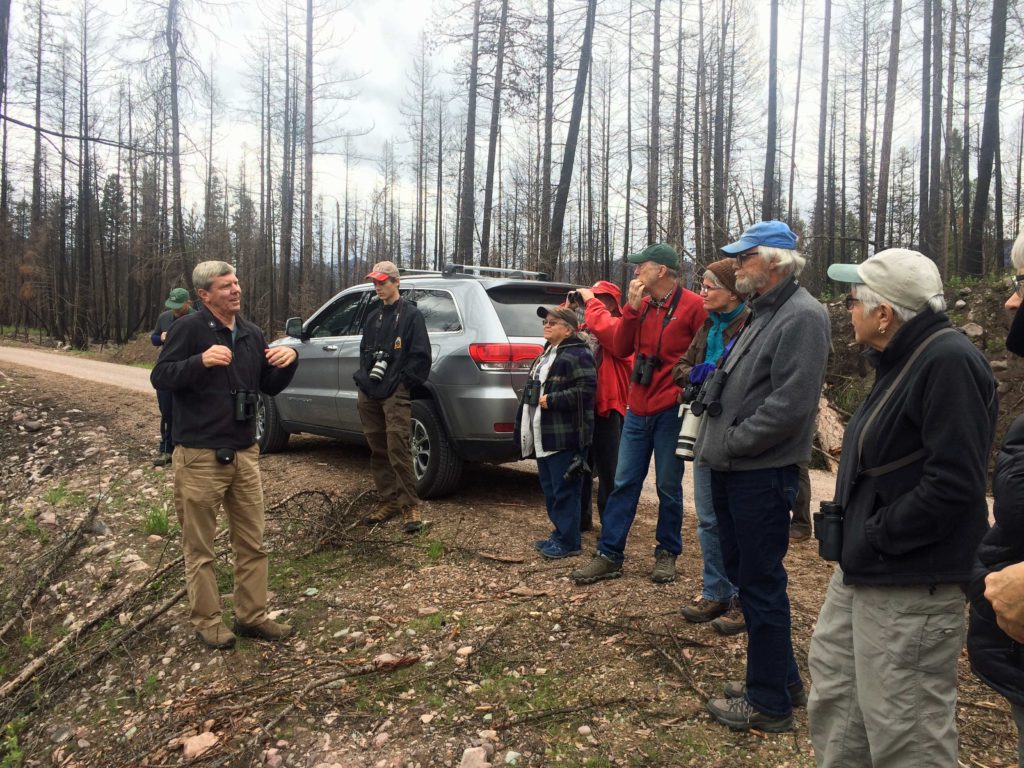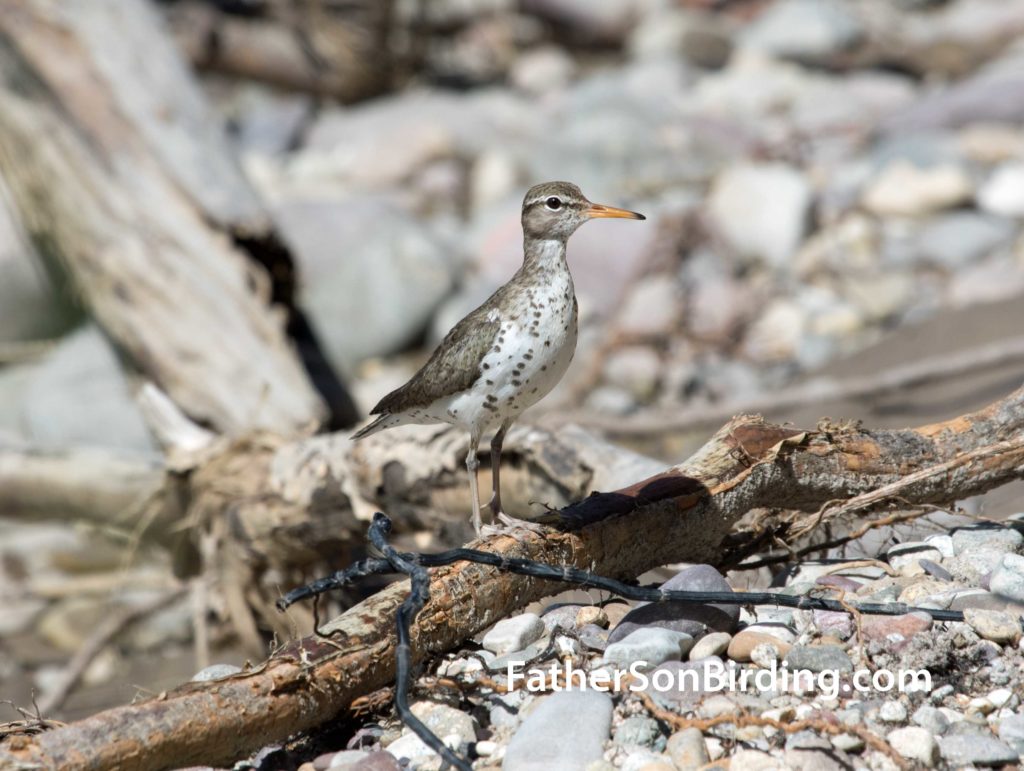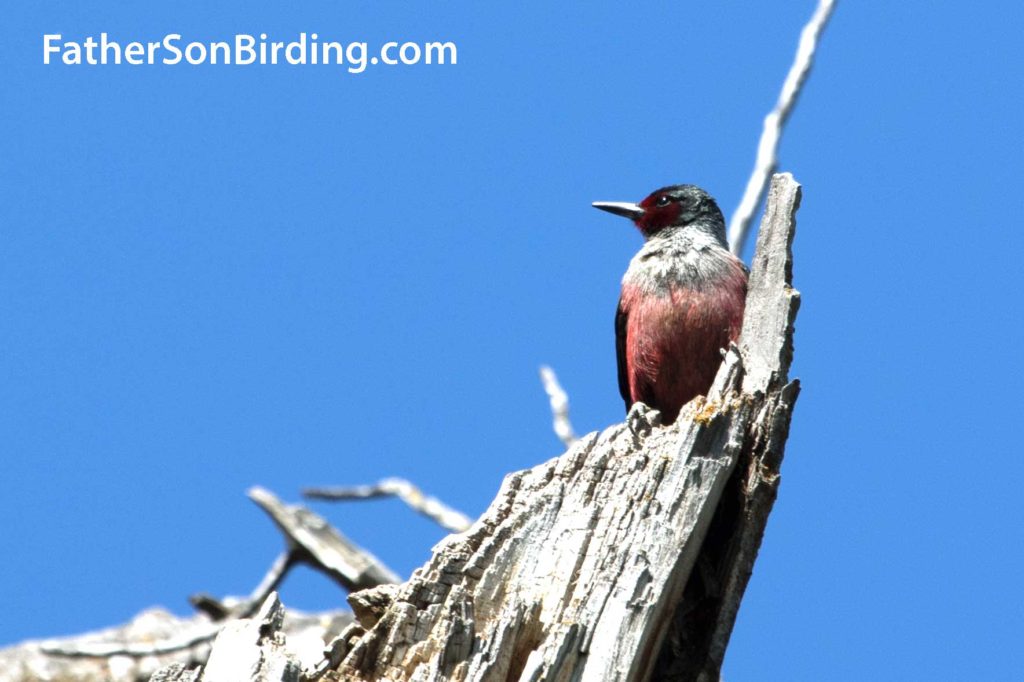Braden here.
Lake Myvatn, Iceland, is the Waterfowl Capital of Europe, and maybe the world. Its rich wetlands and nutrient waters provide habitat for more than 15 breeding species of ducks, more than anywhere else on the continent (well, the European Continent. Technically Iceland is on two continental plates, but whatever).
Our tour was not for the waterfowl, however. Myvatn is also famous for its geology—the place is a geologist’s playground. We had just come from Godafoss, the waterfall of the gods, where I’d scored a family of 13 Rock Ptarmigans along with the stunning landscape.
We pulled up at our first and only stop close to the lake. This area was known for its pseudocraters, or fake craters, created by lava running over areas of water. To be honest, though, the “famous” craters were not much to look at. They were just dips in the ground, surrounded by farmland. The bird numbers, however, were incredible.
When I first glimpsed the lake, I found myself staring at hundreds, possibly thousands, of white speckles scattered around the shorelines: Whooper Swans! In mid-summer, apparently, these swans congregated in large numbers in sheltered areas of freshwater, and Myvatn was perfect! Huge rafts of ducks also decorated the surface—closer looks told me that these were mostly Tufted Duck, Eurasian Wigeon, and Greater Scaup, the males transforming into their drab summer or “eclipse” plumages.
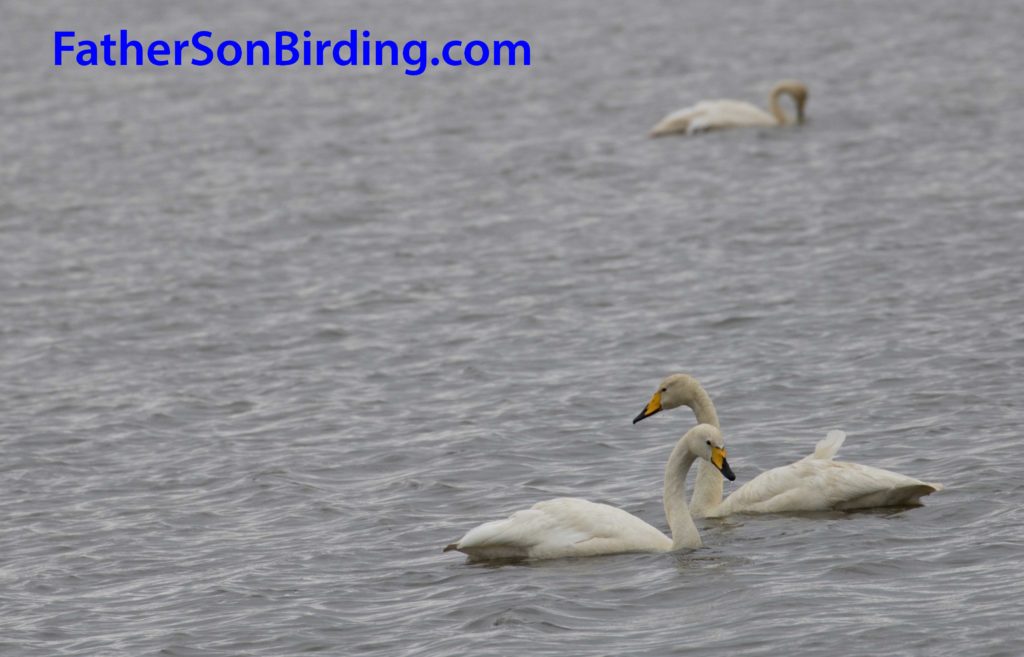
Pairs of Whooper Swans dominated the lake, more swans than I’d seen anywhere else at one time. (Photo by Braden Collard)
And another, less obvious species was on the lake in numbers—Red-necked Phalaropes! These tiny shorebirds were barely half the size of the nearest duck, and spun in rapid circles to stir up food from the bottom.
This farmland was not a desert of biodiversity like some—it also had a great number of birds around. In the hedge rows, Common Snipe hid with their newborn young, hoping to avoid their human, camera-carrying “predators.”. Alas, they did not succeed—I got great shots!
The short grass of the fields was a shorebird and songbird’s feast—Common Redshanks, Dunlins, Red-necked Phalaropes, Whimbrels, Redwings, White Wagtails, Meadow Pipits and Snow Buntings nibbled at the seeds.
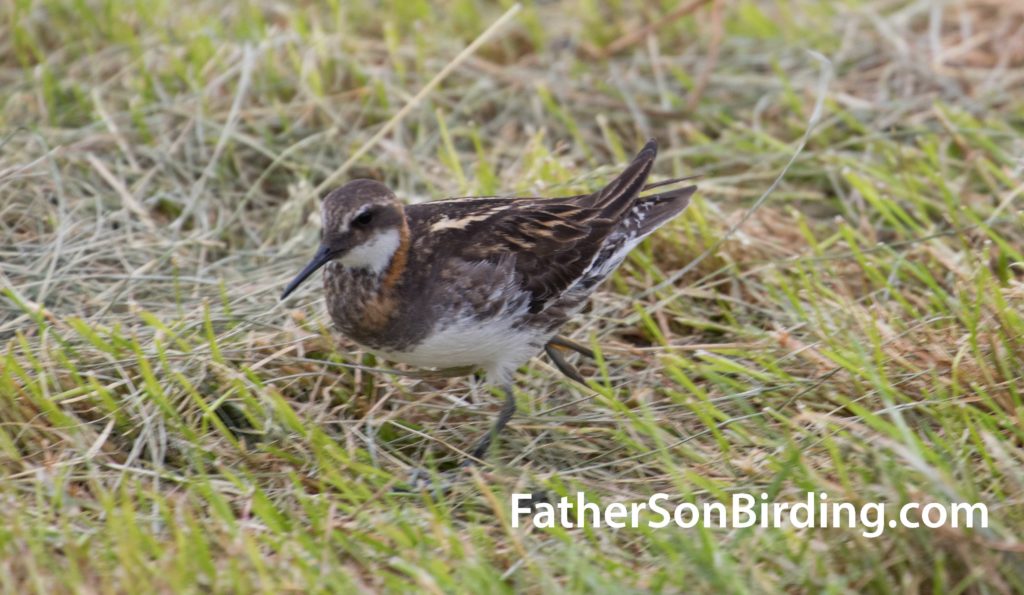
Red-necked Phalaropes are one of the few species of birds in which females are brighter than males. (Photo by Braden Collard)
Along one side of the trail, I suddenly heard a haunting, ghostly call echo across the lake—a Common Loon! Known as the “Great Northern Diver” to the Brits, a pair and baby sat amidst a flock of swans, about 100 meters offshore. I spotted another prize, too—Horned (“Slovenian”) Grebes, much closer to shore. They were another reason European birders loved Lake Myvatn, as they were another specialty of the region. Other Iceland-exclusive birds occurring at Myvatn were Harlequin Ducks (which I did not see) and Barrow’s Goldeneye (which I did). However, the loons, grebes and ducks all occurred much more commonly in the United States, so I was more excited about what the Europeans would consider “common” birds—the snipe, redwings, wagtails, phalaropes, etc.
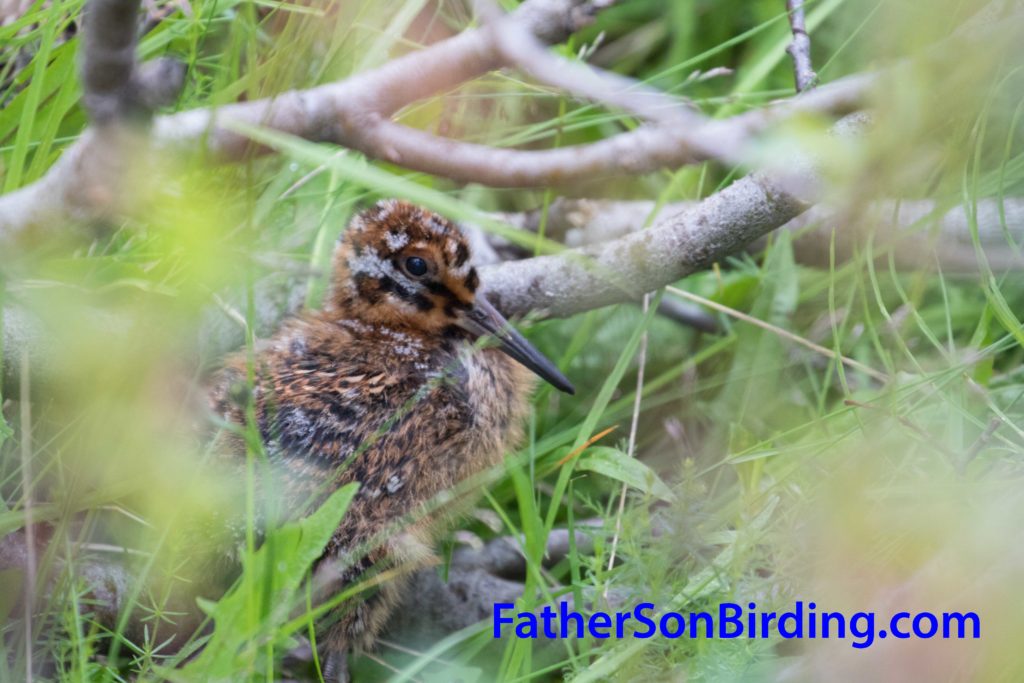
This baby snipe was less than a foot off of the trail! (Photo by Braden Collard)


